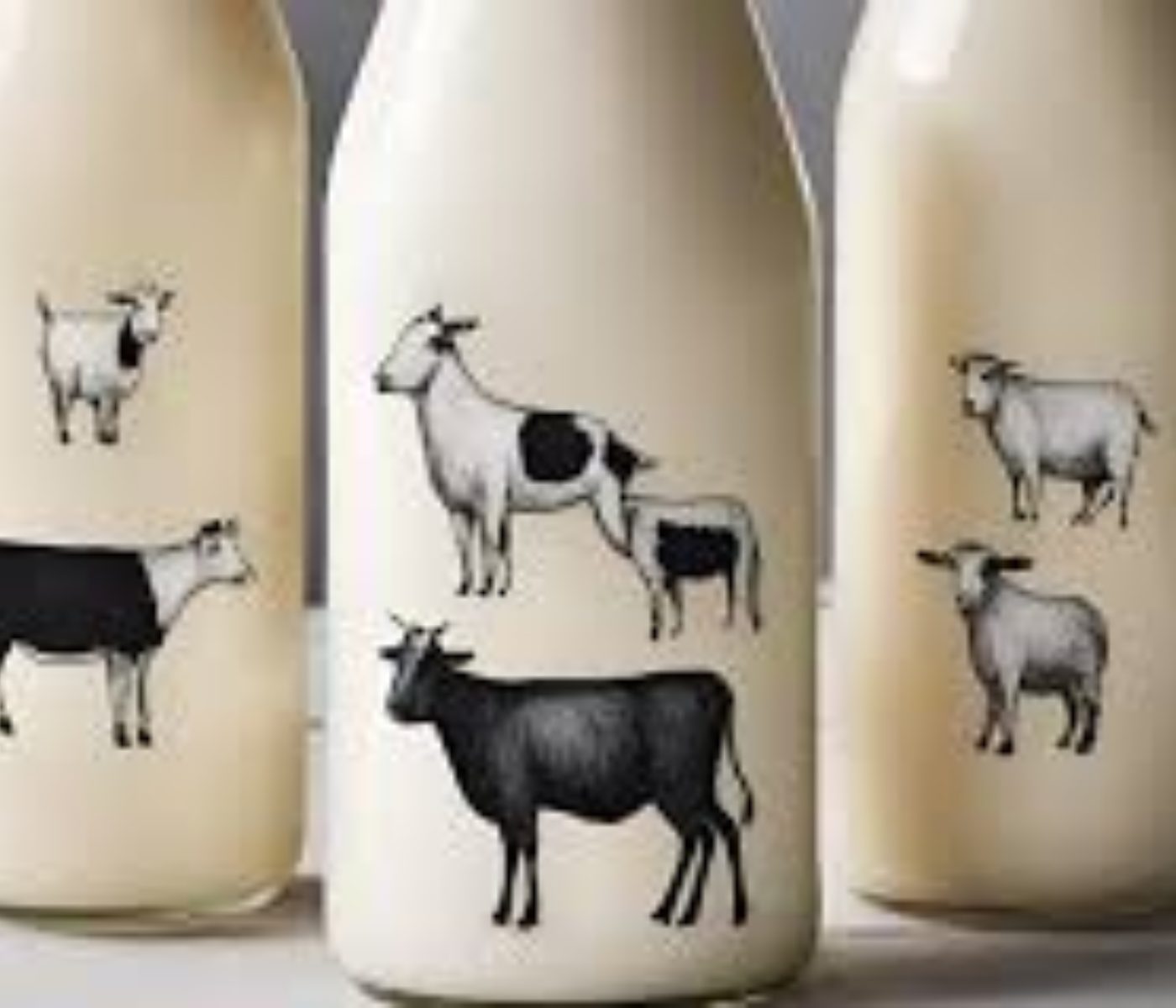 07 Sep 2024
07 Sep 2024
Composition of Milk: A Comparison Between the Milk of Bovine, Caprine, and Ovine Species
Milk is an essential biological liquid produced by the mammary glands of female mammals, serving as the primary source of nutrition for their offspring during the early stages of life.
The composition of milk varies between species, which affects its nutritional value and functional properties. Below is a detailed comparative analysis of the milk from three species: bovine, caprine, and ovine, covering its water content, carbohydrates, proteins, fats, vitamins, and minerals.
1.Water Water is the main component of milk, and its content varies slightly between species, playing a crucial role as a transport vehicle for other nutrients.
2. Carbohydrates Lactose is the main carbohydrate present in the milk of all species, with its concentration remaining fairly constant regardless of breed within a species.
3. Proteins The proteins in milk are primarily divided into caseins and whey proteins, playing a fundamental role in the growth and development of neonates.
4. Fat Fat globules in milk are an important energy source and provide essential fatty acids, with significant variation in their concentration between species.
5. Vitamins and Minerals The milk of all species is an important source of essential micronutrients, though in different concentrations.
| Component | Bovine Milk (%) | Caprine Milk (%) | Ovine Milk (%) |
|---|---|---|---|
| Water | 87.00 | 88.00 | 80.00 |
| Total Solids | 13.00 | 12.00 | 20.00 |
| Lactose | 4.80 | 4.40 | 4.70 |
| Protein | 3.20 | 3.40 | 6.00 |
| Fat | 3.70 | 3.80 | 7.00 |
| Vitamins and Minerals | 1.30 | 0.80 | 2.30 |
Subscribe now to the technical magazine of animal nutrition
AUTHORS
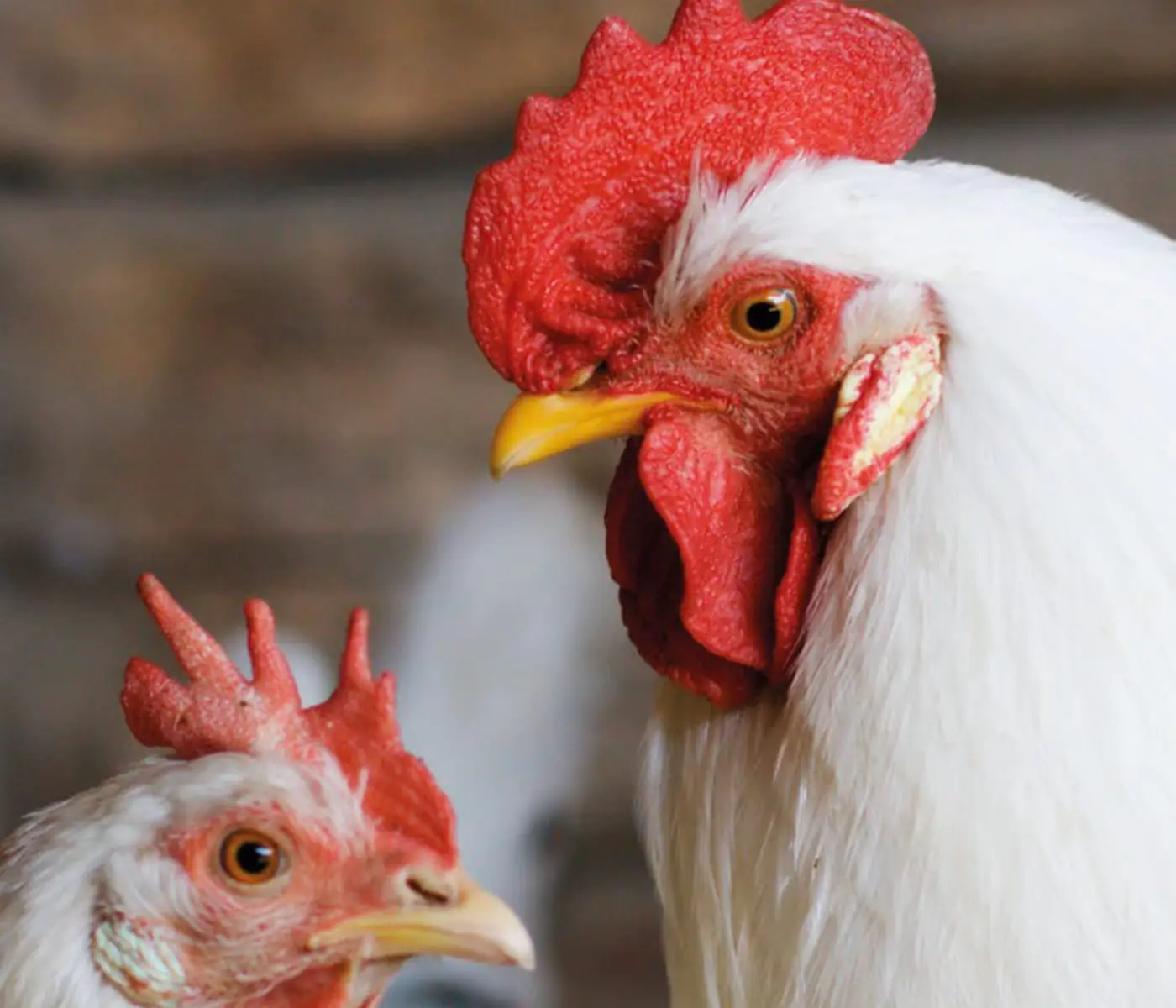
Nutritional Interventions to Improve Fertility in Male Broiler Breeders
Edgar Oviedo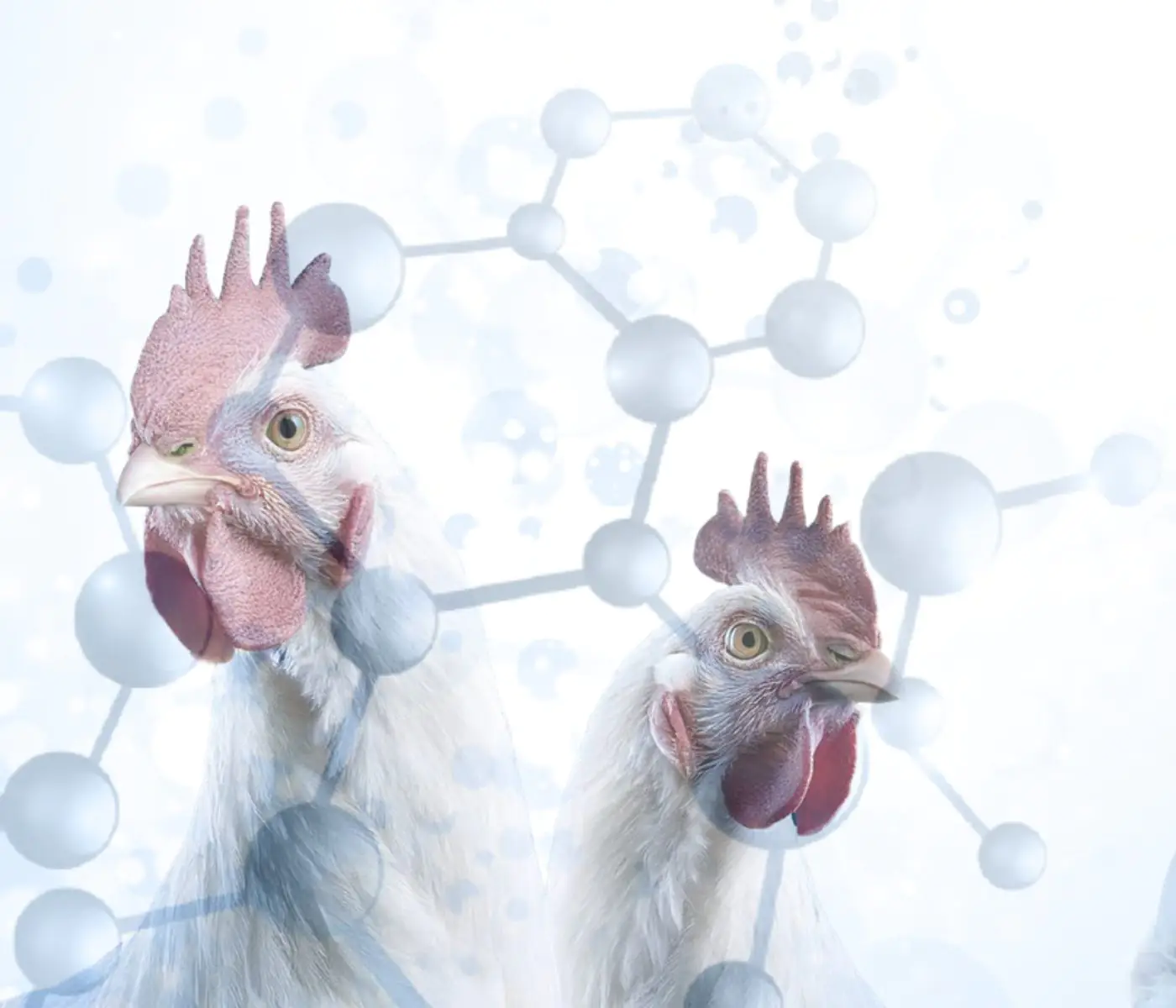
The Use of Organic Acids in Poultry: A Natural Path to Health and Productivity
M. Naeem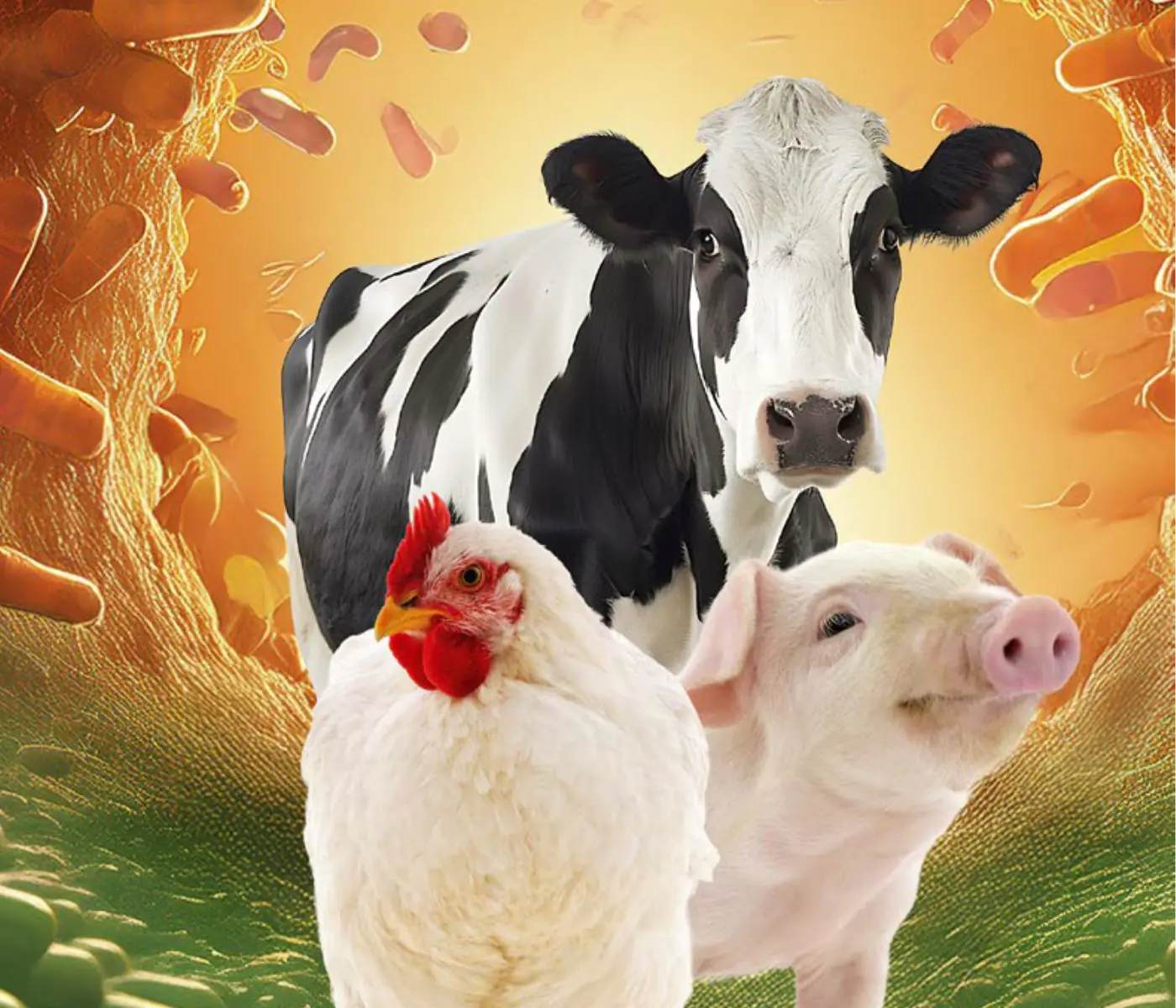
Synergistic Benefits of Prebiotics and Probiotics in Poultry, Swine, and Cattle
Gustavo Adolfo Quintana-Ospina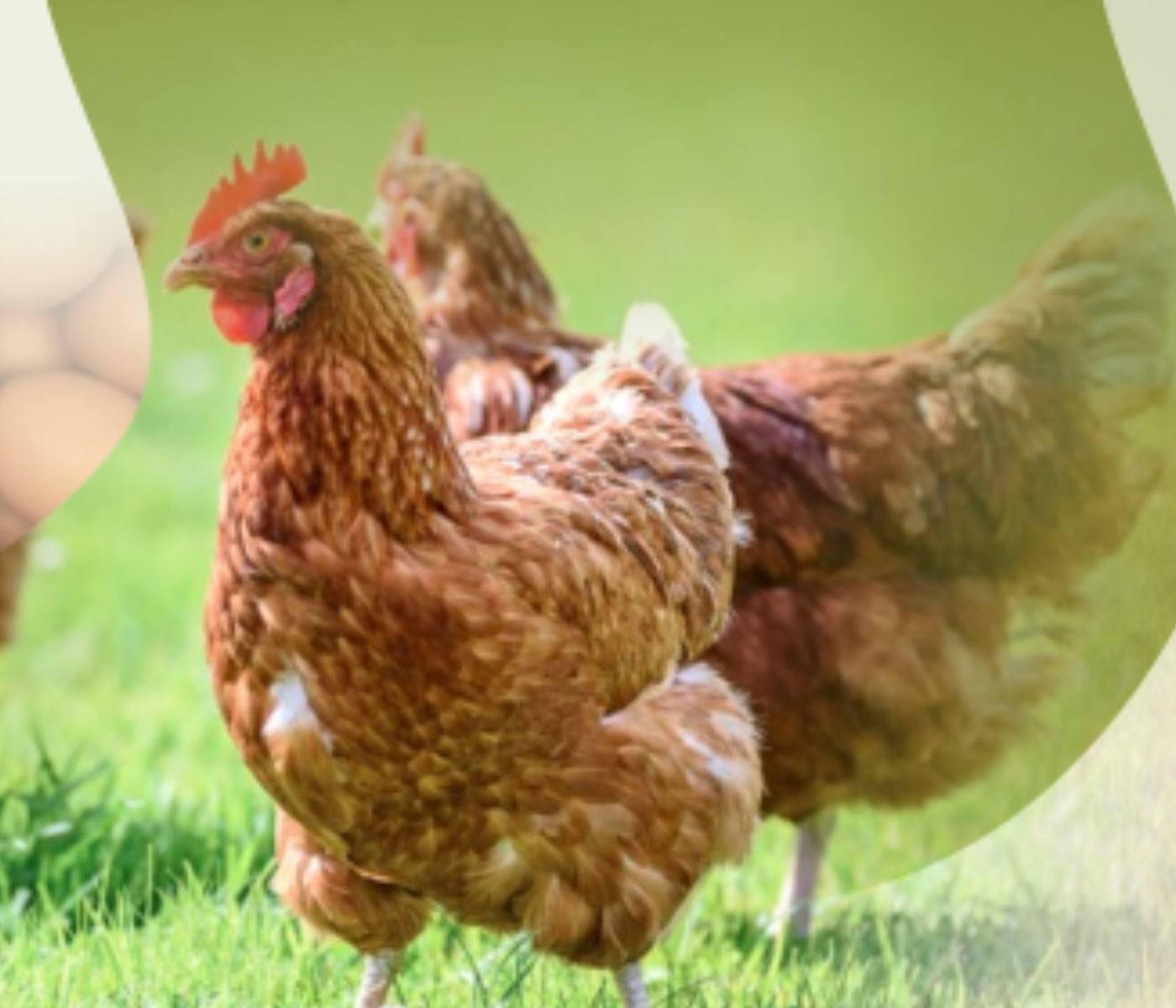
Hybrid Rye Potential in Laying Hen Feed Rations
Gwendolyn Jones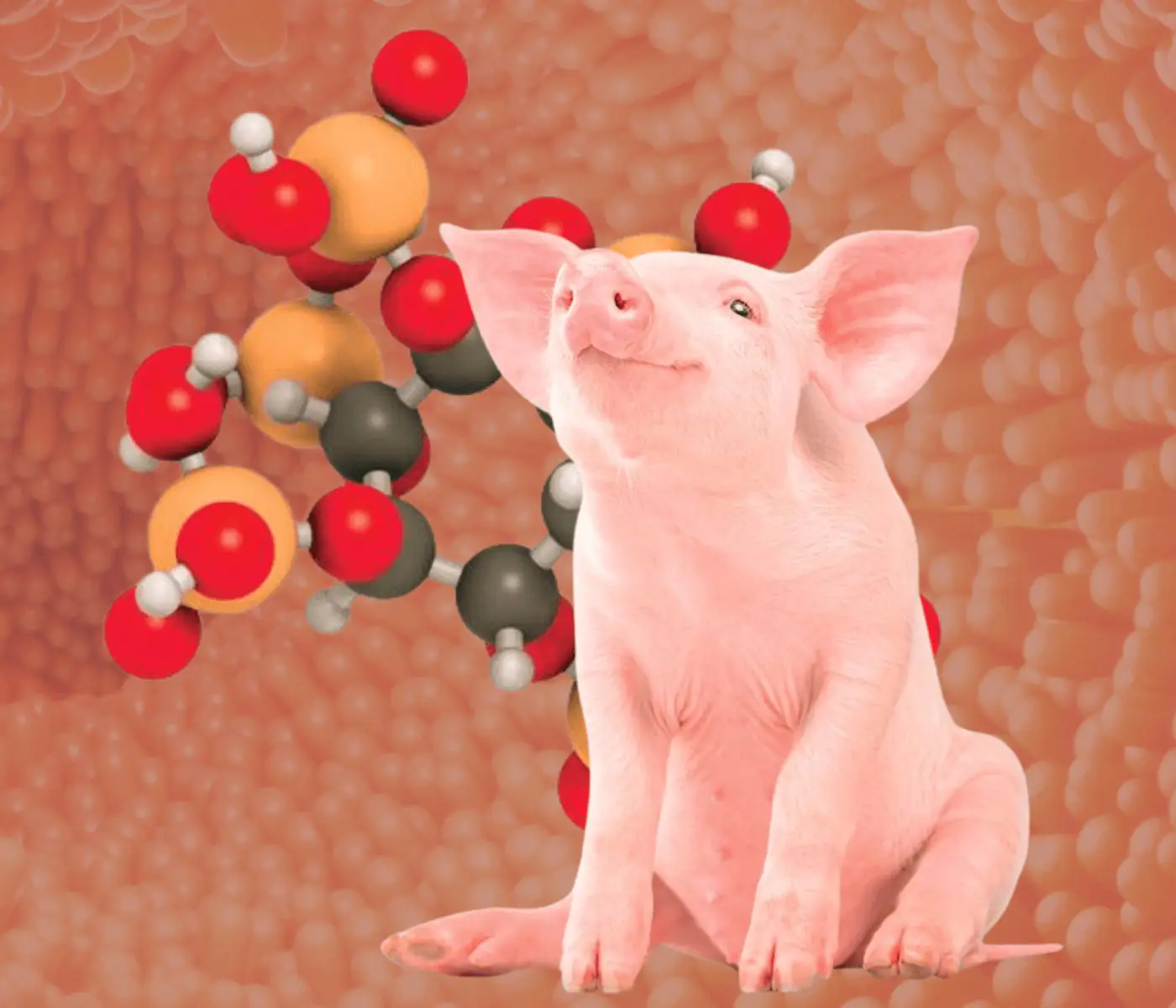
A day in the life of phosphorus in pigs: Part I
Rafael Duran Giménez-Rico
Use of enzymes in diets for ruminants
Braulio de la Calle Campos
Minerals and Hoof Health in the Pregnant Sow
Juan Gabriel Espino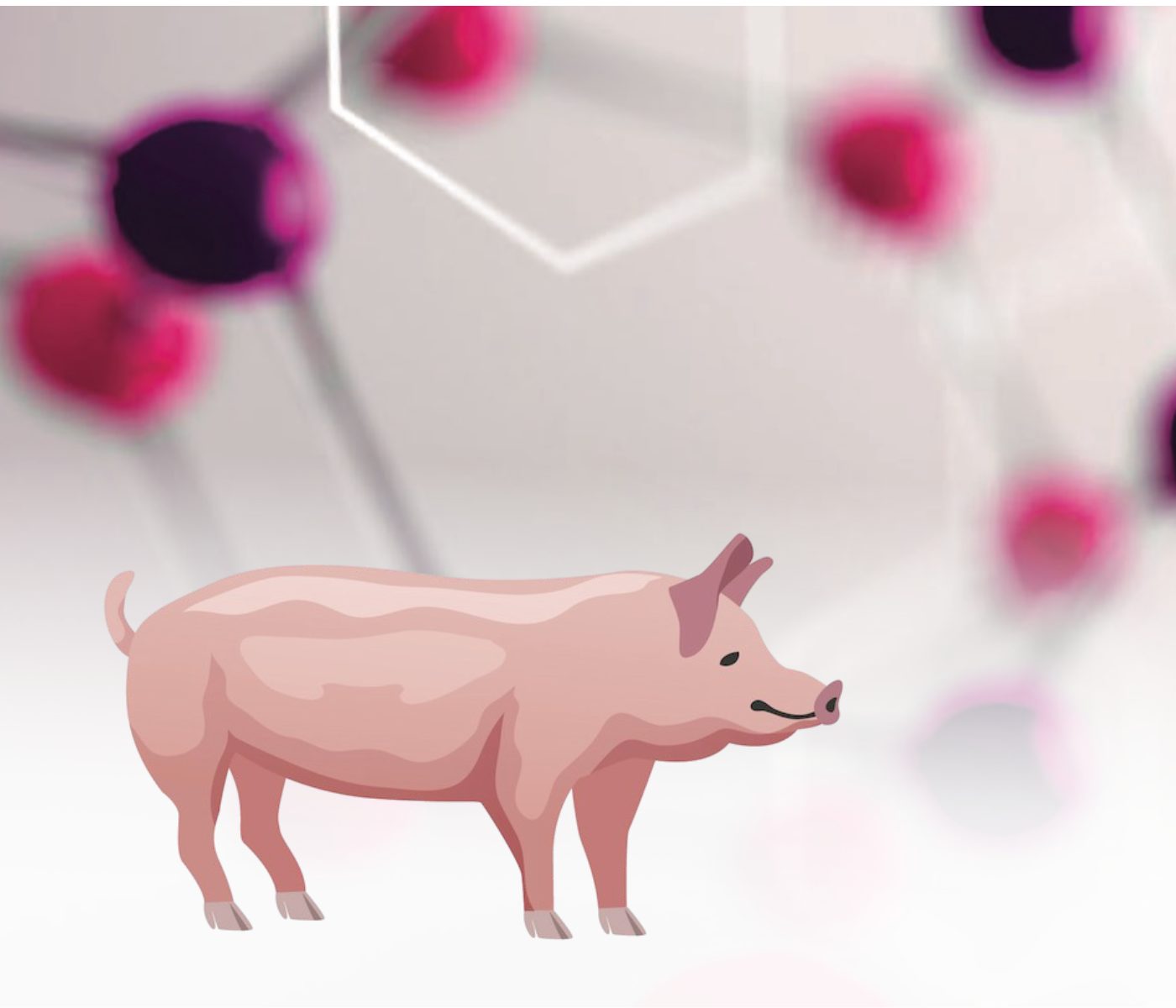
Impact of Oxidized Fats on Swine Reproduction and Offspring
Maria Alejandra Perez Alvarado